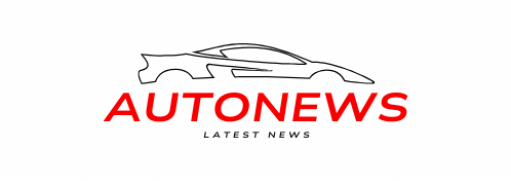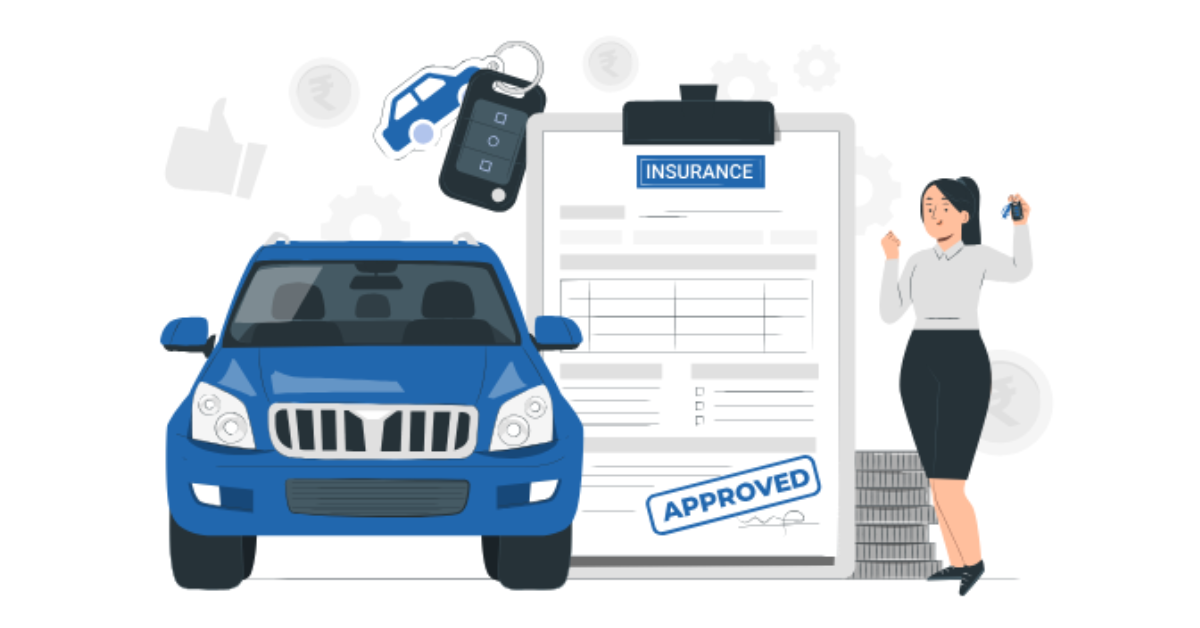Maintaining your vehicle is not just about extending its lifespan or ensuring safety—it can also impact your car insurance costs and benefits. A well-maintained vehicle is less likely to be involved in accidents or experience breakdowns, which in turn can keep your insurance premiums in check and help you take full advantage of certain policy perks. Here’s how to align your car maintenance routine with your insurance benefits.
1. Understand What Your Insurance Policy Covers
Before tailoring your maintenance schedule, review your auto insurance policy. Some policies offer incentives or coverage extensions for well-maintained vehicles, such as:
- Usage-based insurance (UBI) discounts for safe driving and low mileage
- Roadside assistance (often conditional on maintenance)
- Mechanical breakdown insurance, which may require service records
- Rental reimbursement coverage when repairs are caused by a covered event
Knowing what’s included helps you prioritize the most relevant maintenance tasks.
2. Keep Detailed Maintenance Records
Documentation is crucial. Whether it’s an oil change, brake inspection, or tire rotation, keep a detailed log with receipts and service dates. Why this matters:
- Claims validation: Insurers may request maintenance records for mechanical claims.
- Resale value: A well-documented maintenance history can boost your car’s value and potentially reduce your premium if you switch providers.
- Proof of care: If you’re ever involved in an accident, records may support your case by showing that your vehicle was roadworthy.
3. Schedule Preventive Maintenance
Preventive maintenance reduces the risk of breakdowns and accidents, both of which could affect your insurance premiums. Focus on:
- Regular oil changes
- Brake inspections
- Tire checks and rotations
- Fluid top-offs
- Battery testing
Some insurers reward safe driving and responsible ownership, especially if you’re enrolled in a telematics or UBI program.
4. Pay Attention to Recalls and Service Bulletins
Manufacturers occasionally issue recalls or technical service bulletins for safety issues. Ignoring them can jeopardize your safety and your insurance coverage. Addressing them promptly shows you’re proactive about safety—something insurers value.
5. Choose Certified Repair Shops
Using reputable, certified mechanics not only ensures quality work but also strengthens any insurance claim if repairs are linked to an incident. Some insurers even partner with preferred shops and offer:
- Faster claim processing
- Direct billing
- Warranty on repairs
Check with your insurer if your maintenance shop qualifies.
6. Avoid Lapses in Maintenance to Prevent Denied Claims
If your vehicle breaks down or causes an accident due to poor maintenance—like worn tires or faulty brakes—your insurance provider may deny part or all of the claim. Staying current with service schedules can help avoid this risk.
7. Leverage Insurance Discounts
Some insurance providers offer discounts if you demonstrate consistent care for your vehicle. These might include:
- Low annual mileage discounts (common for those who carpool or maintain a second vehicle)
- Safe driver discounts
- Vehicle safety equipment discounts (maintained through regular service)
Conclusion
Integrating your car maintenance routine with your insurance policy doesn’t just protect your vehicle—it can protect your wallet, too. By staying proactive, organized, and informed, you can maximize insurance benefits, avoid denied claims, and even enjoy lower premiums. Think of it as a win-win strategy for responsible vehicle ownership.

